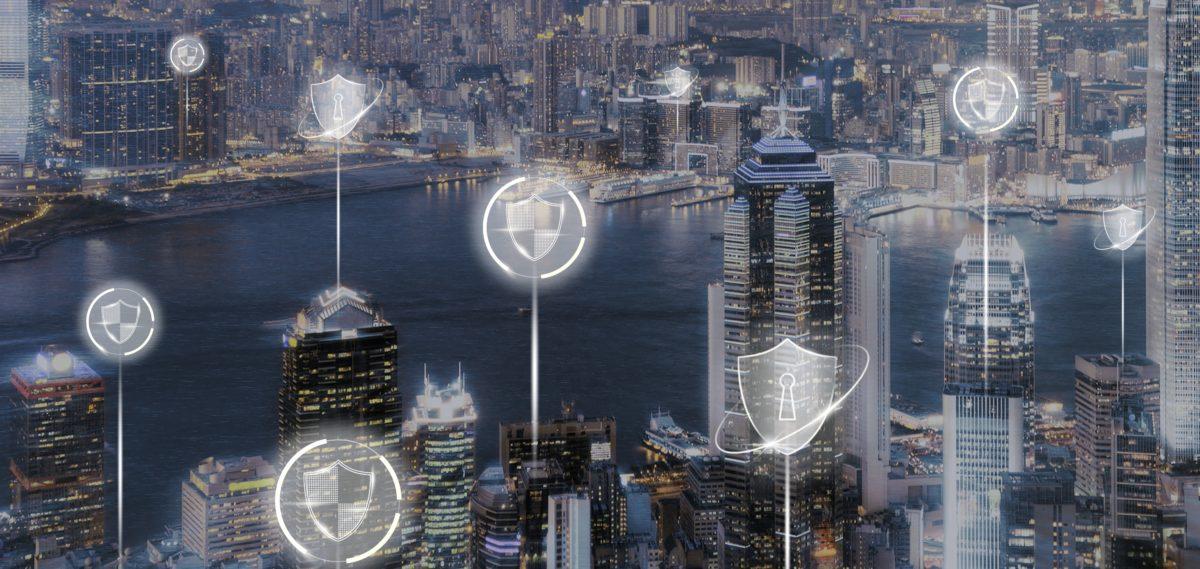Real estate, commercial or otherwise, has been governed from time immemorial by one fundamental rule – location. With commercial real estate, this rule could well be the difference between life and death. Many commercial real estate ventures have been destined to fade into oblivion, standing forlorn in desolated places, waiting for footfall that may never come.
But the sector has every chance to move away from this dreary picture and ensure that location is not the sole determinant of its value. As technology advances at an exhilarating pace, it has the potential to create another rule for success.
A Transparency Market Research reveals that the global commercial building automation market will rise at a CAGR of 8.3%, likely propelled by the usage of IoT, enabling data gathering and analysis in a cost-effective manner. According to the report, the value of global commercial building automation stood at US$32.96 bn in 2020. From 2021 to 2031, the global market is predicted to rise at a CAGR of 8.3% during this forecast period.
In recent years, building automation has somewhat developed a halo over its head. As governments across the world consider means to reduce their carbon impact year after year, the concept of green buildings with the incorporation of technology has taken precedence. For commercial real estate firms, this has the potential to be the differentiator, the original competitive advantage that puts location to shame.
Moving Beyond the Motion Sensors
Building automation is by no means a new concept. Commercial real estate is no stranger to it. The aura surrounding motion sensor lighting, smart hygiene facilities, and voice command-controlled televisions have long faded to become minimum requirements. Pursuing the benefits of operational efficiency, cost savings, and personnel expenses, commercial real estate companies have, in one form or the other, been working with building management systems (BMS) for some time now.
While individual BMS and partially integrated BMS have been installed by companies across the globe, the data aggregated tend to be mostly individual or limited to certain clusters. But what can truly be the game-changer is a fully integrated, IoT-enabled BMS that can leverage one infrastructure to manage and monitor all building management systems with minimal or no manual intervention.
A fully integrated IoT-enabled BMS enables intelligent decision-making and provides strategic insights, ensuring quick access to essential data. With IoT creating inter-connected devices that talk to each other, data flow among these devices becomes fully automated, the results of which can be enhanced operational efficiency, minimum manual intervention, and superior tenant experience, the last of which can be a prominent competitive advantage.
From Concrete Giants to Green Buildings
On a global scale, buildings consume 60% of the electricity generated. As the Earth enters a crisis mode with sky-rocketing carbon impacts and subsequent climate change, the towering concrete giants of the world have the potential to evolve from being the major cause of this problem to part of the solution.
For a building to be truly green and stick to the green best practices, it is essential that there’s centralized control. To achieve the eco-friendly targets, a fully integrated, IoT-enabled BMS is simply essential.
Machine learning and advanced analytics can mine through the mountains of data gathered by the BMS to detect faults, wastage, and redundancies to perform predictive operations – solve the problem before there’s a problem. The data mined can be the most powerful resource required to make building structures more efficient, cost-effective, and most essentially, green.














